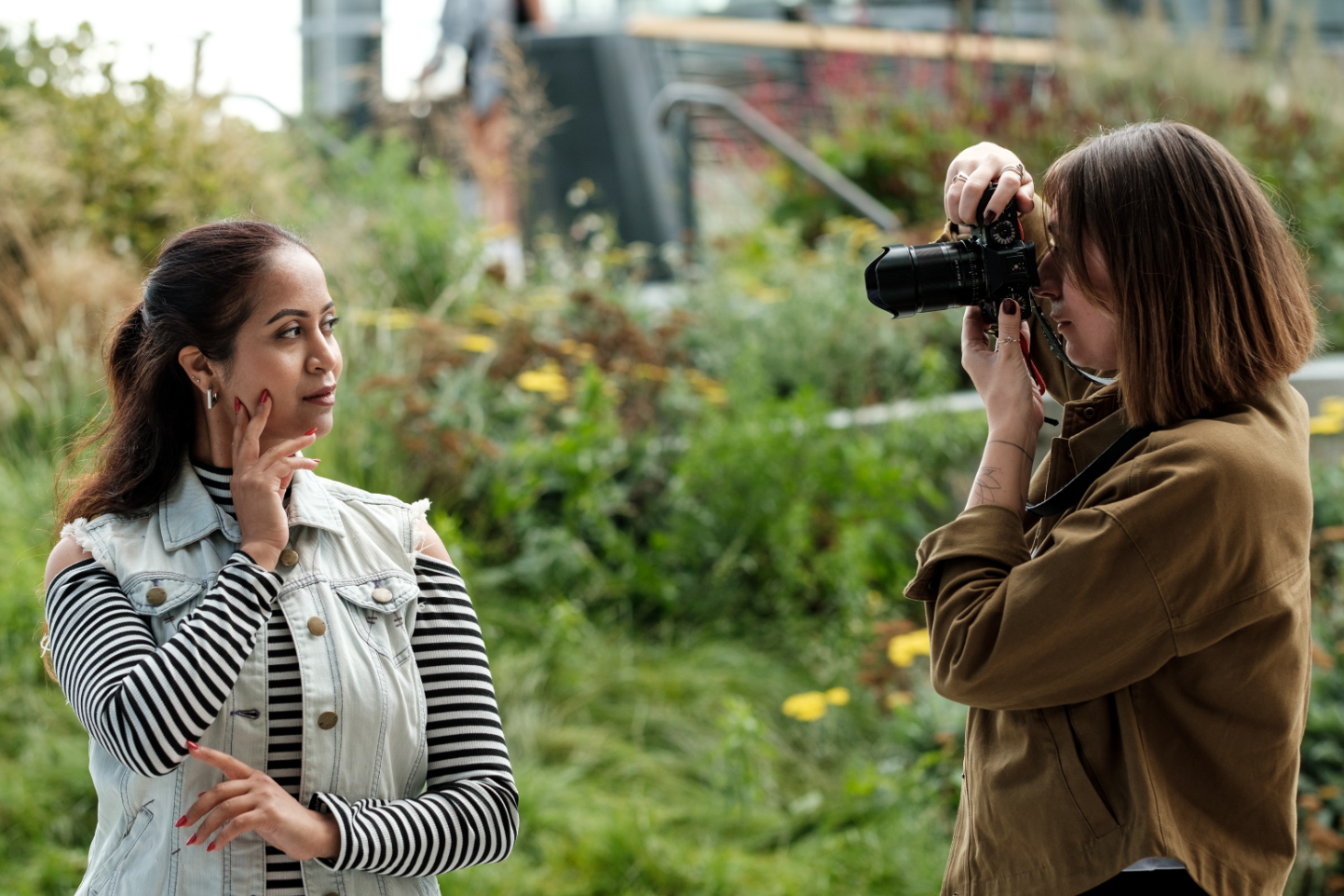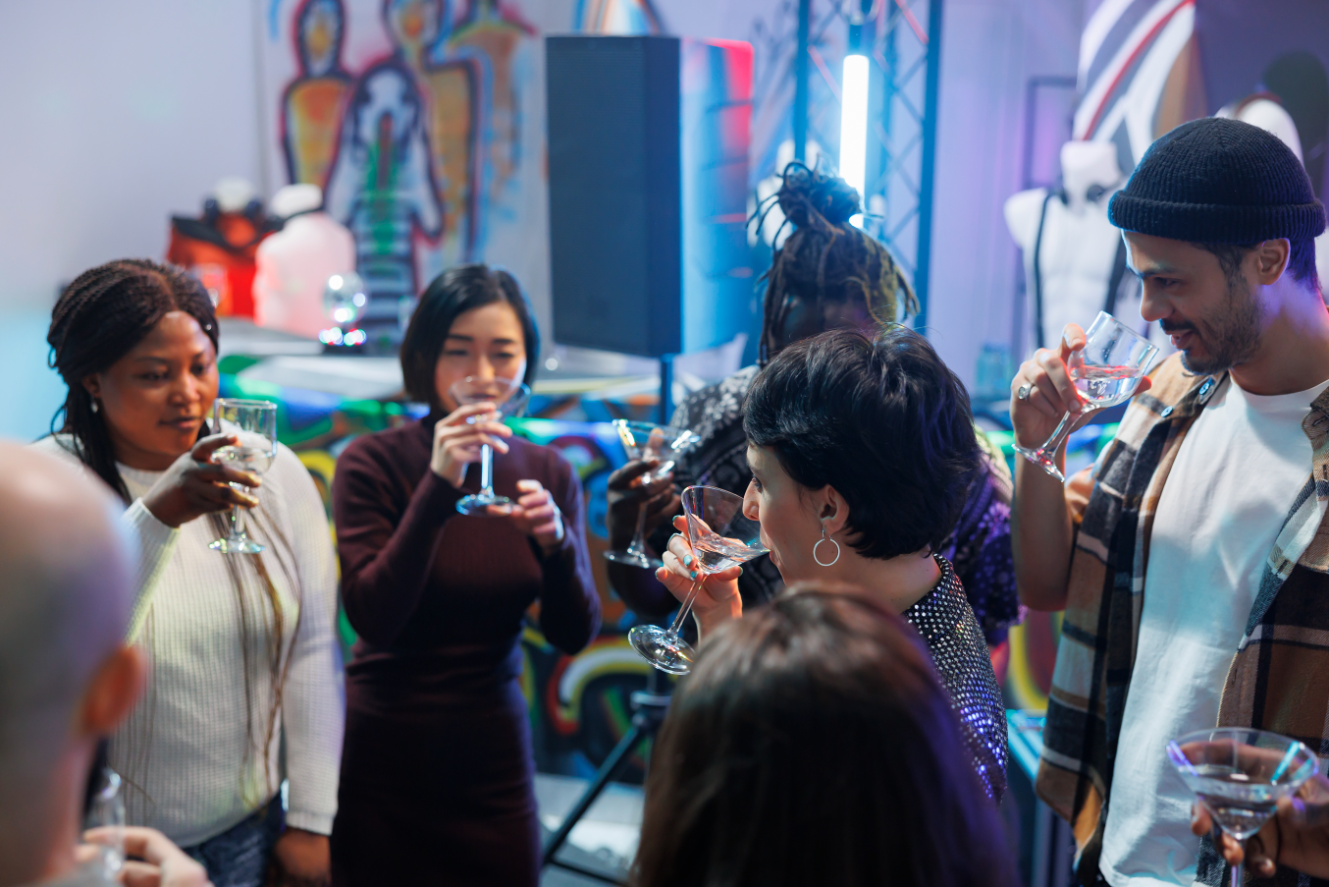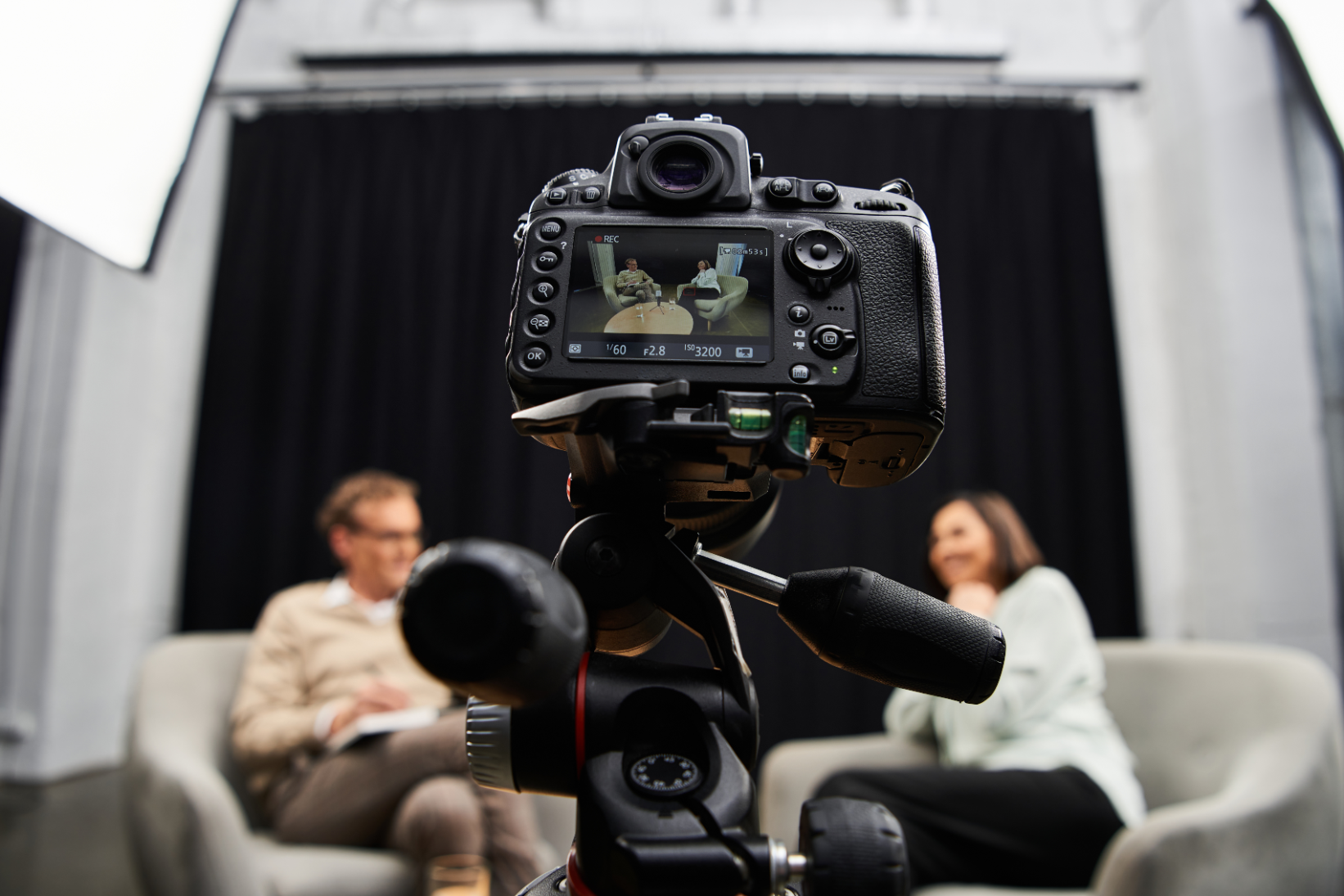Unlock Stunning Visuals: Master Advanced 3D & VFX Techniques.

In the dynamic world of visual storytelling, a captivating image isn't just an option; it's an expectation. From blockbuster movies and immersive video games to groundbreaking architectural visualizations and compelling advertisements, advanced 3D and Visual Effects (VFX) are the unseen architects behind the breathtaking scenes that leave audiences spellbound. Gone are the days when rudimentary CGI could impress; today's viewers demand seamless integration, photorealistic fidelity, and utterly convincing digital artistry.
For those looking to elevate their craft beyond the fundamentals, mastering advanced techniques in 3D and VFX is the key to unlocking truly stunning visuals. It's about understanding the nuances of light, physics, and artistic composition, pushing the boundaries of what's possible with software and creative vision. This journey isn't just about learning more buttons; it's about developing a sophisticated eye and a strategic approach to digital content creation. Let's dive into some of the pivotal areas where advanced mastery makes all the difference.
Beyond Basics: Mastering Photorealistic Rendering and Lighting
Achieving true photorealism in 3D isn't solely about meticulous modeling; it's fundamentally about how light interacts with surfaces within your digital scene. Advanced artists understand that the magic lies in replicating real-world physics. Techniques like Global Illumination (GI), Path Tracing, and Ray Tracing are no longer buzzwords but essential tools for capturing indirect light bounces, accurate reflections, and nuanced refractions. Moving beyond simple direct lighting means delving into complex light paths that simulate how light truly behaves, creating a sense of depth and realism that simpler methods can't replicate.
The mastery of lighting extends to sophisticated setups. This involves leveraging High Dynamic Range Images (HDRIs) for environment lighting, which provides a rich, natural light source derived from real-world captures, eliminating flat, artificial illumination. Furthermore, understanding physically-based lighting (PBL) principles – ensuring your light sources accurately mimic their real-world counterparts in intensity, color temperature, and falloff – is crucial. Volumetric lighting, such as fog, smoke, or god rays, adds atmosphere and a sense of scale, guiding the viewer's eye and imbuing the scene with a palpable mood.
Practical Tip: Always gather extensive real-world photographic references for your lighting setups. Analyze how light behaves in similar environments, paying attention to shadows, reflections, and color casts. Experiment with different render engines like V-Ray, Arnold, Octane, or Redshift, as each offers unique strengths in processing these complex lighting calculations. Don't just place lights; sculpt with them, understanding their interplay and how they define forms and textures within your scene.
Bringing Worlds to Life: Dynamic Simulations and Procedural Systems
Static scenes, no matter how beautiful, often lack the dynamism needed to fully immerse an audience. This is where advanced dynamic simulations come into play, breathing life into everything from cascading waterfalls and billowing smoke to tattered cloth and collapsing structures. Mastering fluid dynamics allows for realistic oceans, splashes, and flowing lava. Cloth simulations, using tools like Marvelous Designer, enable garments to drape and move with natural elegance, responding accurately to gravity and character motion. Destruction simulations, often powered by tools like Houdini, create chaotic yet believable breakage, essential for action sequences.
Beyond individual simulations, advanced artists embrace procedural workflows to generate intricate details and complex environments efficiently. Procedural modeling involves creating rules and algorithms that automatically generate geometry, saving countless hours of manual work. This approach is invaluable for large-scale environments, complex organic structures, or repetitive details like scattered debris. Similarly, procedural texturing and shading can create vast variations and intricate patterns without painting every pixel, ensuring high fidelity across expansive digital landscapes.
Practical Tip: When tackling complex simulations, break them down into smaller, manageable layers. For instance, a collapsing building might involve separate simulations for large structural breaks, smaller debris, dust, and particle effects. For procedural work, start with simple rules and iteratively add complexity. Harness the power of software like SideFX Houdini, which is renowned for its node-based procedural approach, allowing for unparalleled control and iteration. Procedural generation isn't just about speed; it's about creating intricate, non-repetitive detail that enhances realism.
The Final Touch: Advanced Compositing for Seamless Integration
Even the most meticulously rendered 3D elements require the magic of advanced compositing to truly shine and integrate seamlessly with live-action footage or other digital assets. Compositing is where all the disparate visual elements converge, are refined, and are polished into a cohesive final image. Techniques such as sophisticated keying (chroma keying, luma keying), rotoscoping for complex extractions, and advanced matte painting for extending environments are foundational. However, true mastery lies in the nuanced details that make digital elements indistinguishable from reality.
Advanced compositing involves working with multi-pass renders from your 3D software (diffuse, specular, ambient occlusion, depth, normals, motion vectors, etc.), granting unparalleled control over every aspect of your rendered image. Tools like Foundry Nuke, with its powerful node-based workflow, become essential for manipulating these passes, precisely matching color, light wrap, lens distortion, and grain to the live-action plate. Understanding how light reacts in a real camera – lens flares, chromatic aberration, depth of field, and subtle atmospheric haze – allows for the creation of digital artifacts that convincingly replicate real-world optics, selling the illusion.
Practical Tip: Always work in a linear color space throughout your 3D and compositing pipeline to ensure accurate light calculations and color fidelity. Study cinematography and photography to understand how real cameras capture images. Pay obsessive attention to detail: match the film grain, account for subtle atmospheric perspective, and ensure that the digital elements react to light precisely as real-world objects would in the same environment. Utilize utility passes from your 3D render to fix issues or make creative adjustments in compositing, rather than re-rendering your entire scene.
Conclusion
Mastering advanced 3D and VFX techniques is an ongoing journey of learning, experimentation, and artistic refinement. It's about moving beyond what the software can do out-of-the-box and truly understanding the underlying principles of light, physics, and art that govern our visual world. By diving deep into photorealistic rendering, dynamic simulations, procedural workflows, and advanced compositing, you empower yourself to create visuals that don't just look good, but tell compelling stories and evoke genuine emotion.
The demand for skilled artists who can push these boundaries is ever-growing. Whether you're aiming to craft the next cinematic masterpiece, an immersive game world, or breathtaking advertising visuals, a commitment to advanced techniques will set your work apart. Ready to explore how these cutting-edge visuals can transform your next project or need a team that lives and breathes this advanced craft?
Connect with the experts at FilmBaker. We're passionate about bringing your vision to life with unparalleled visual excellence. Visit us at https://www.filmbaker.com/get-in-touch to discuss your project and discover the FilmBaker difference.


